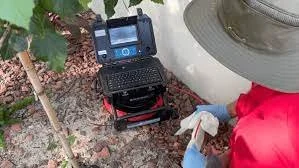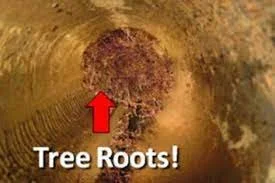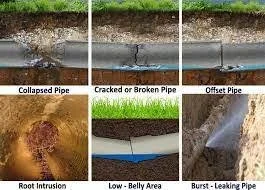Without question, we advise every one of our clients to have a sewer scope performed as part of the home inspection. Why do we advise this? Simply put, sewer line issues are one of the most common home inspection issues with repairs being in the thousands of dollars. We have addressed some common questions below.
What is a sewer scope?
A sewer scope is a camera inspection of the sewer line from the home to the city sewer line connection. The maintenance of the sewer line from the home to the connection (referred to as the tap) is generally the responsibility of the homeowner. If there are damages or defects in the sewer line that require repair or replacement, the cost can be substantial so it’s critical that you are fully informed on the condition of the sewer line prior to closing on the home.
Why a camera?
Since sewer lines are located underground, there is no way to visually inspect the condition of the line without use of a camera. Accessible drain lines within the home are visually inspected as part of the home inspection process, but once the drain lines connect to the sewer line and goes underground, that is where the visual inspection ends and the use of a camera begins.
What are some common issues?
The purpose of a sewer line is to carry waste water out of the home or building, and into the municipal sewer or septic tank in the case of a rural property. Anything that hinders this function would be considered a defect and there are a few common issues that are often encountered.
Blockages
There are two common types of sewer line blockages that we encounter. Blockages from foreign objects such as construction debris (rags, grout, etc.) and blockages from tree root intrusion. These blockages can reduce the ability for the sewage to drain from the home and may lead to a backup of sewage back into the home or building. Foreign object blockages typically occur after a home has been remodeled and trades have flushed or washed construction debris down the drain. That debris settles out in the pipe and needs to be cleared. Root blockages are caused from growth of tree roots into the sewer line. Root intrusion typically suggests that there may be a crack or damage to the pipe that is allowing the entry of the roots. Regardless of the type, blockages need to be cleared by cleaning the sewer line and it’s recommended to re-scope the line after the line is cleaned to inspect for damages that may have been previously hidden by the blockage.
Belly’s or Low Spots
A low spot in a sewer line is often referred to as a belly. This is a problem because a sewer line should have a consistent slope so that water effectively drains from the home to the main sewer line. A low spot will cause the water flow to slow and can allow solids and debris to settle and cause blockages. Severe bellies typically need repair, whereas minor bellies can often be maintained with routine cleaning and maintenance.
Cracks and breaks
As the name suggests, a crack or break in the sewer line can occur from damages to the sewer line. These damages can occur at the time of construction or over time with wear, tear and aging of the sewer line. Although sewer pipe material can be a factor in this, any material type is ultimately susceptible to damages. A hairline can be minor enough that the pipe still functions fine, but it’s important to know if cracks are present that may eventually get worse. If a crack or break is large enough, it can allow sewage to leak into the surrounding soils which is an issue and will need to be addressed.
Separations or offsets
Similar to cracks and breaks, but more severe, a separation or offset of a sewer line is sure to allow sewage to leak from the pipe into the surrounding soil, and not into the main sewer line where it’s intended to. Sewer lines are installed in sections that are joined together at joints/fittings. Separations or offsets occur where the pipe sections don’t join together properly or pull apart over time. Root intrusion often occurs at these joints as well in older pipe installations. Separations and/or offsets always need to be repaired.
What does a repair involve and how much will it cost?
The scope of a sewer line repair varies depending on the severity of the damage, the location of the damage and the amount of the sewer line that is impacted. It’s safe to say that a sewer line repair rarely costs less than $1000 and typically ranges from a few thousand dollars up to $20,000 or so for a full line replacement.
Why are sewer line repairs so costly?
Sewer line repairs are so costly due to what’s involved with the installation of the sewer line or access to the area that needs to be repaired. The raw materials of a sewer line are basic and are not very costly. It’s the excavation, trenching and restoration of the landscaping or hardscaping above the repair site that make up the majority of the cost. Sewer lines can be anywhere from 3’ to 15’ or more below the surface of the soil which greatly increases the cost. There are newer methods of repairing or replacing sewer lines such as pipe bursting or lining which don’t require excavation, but are still costly.
Do I need a sewer scope on a new home or sewer line?
Absolutely. The odds of there being an issue with a new sewer line are less than in an older home, but there is still the opportunity to have construction defects such as cracks, bellies and even just construction debris that needs to be removed. There is only one way to know what the condition of a sewer line is and that’s to have a sewer scope camera inspection performed.




